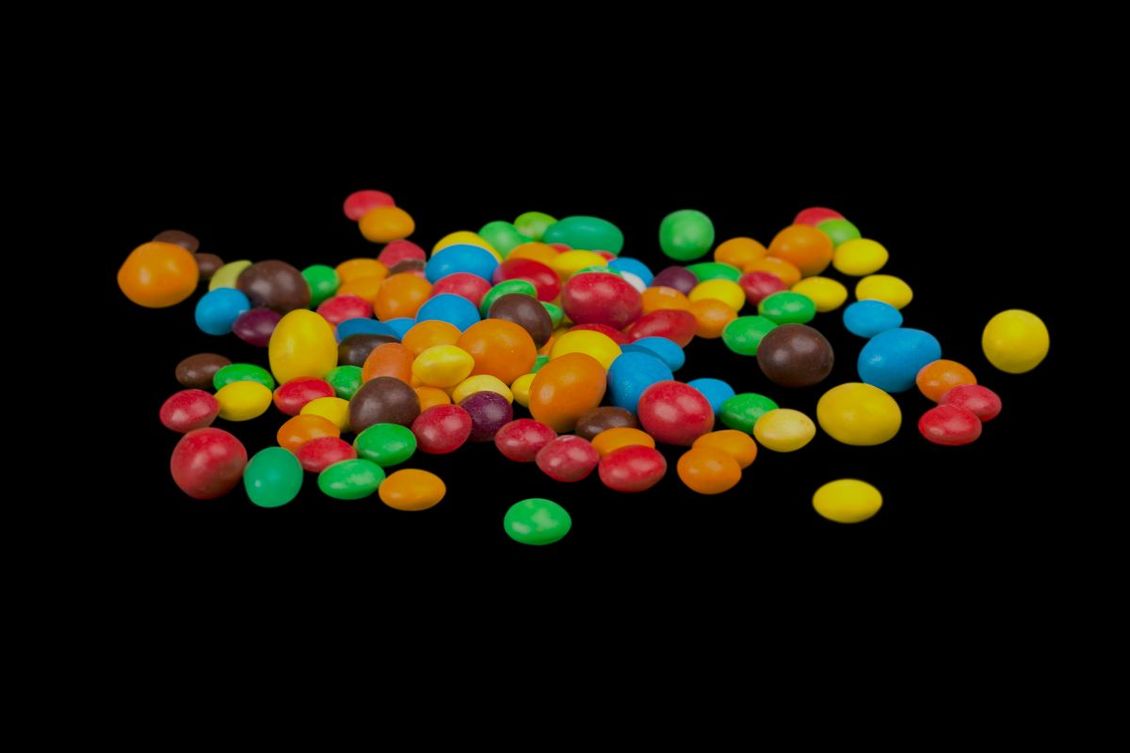
Snacks. We all eat them. But while snacks vary from culture to culture, one thing is set to change the way we consume our in-between meals in the future: Food Tech.
We’re getting excited about the novel snacks that are landing on our desks. But before we look to the future and start talking about jellyfish crisps and 3D printed food, let’s go back in time and ask: have we always been snacking?
According to Smithsonian, the US became a nation of snackers in the 1950s. Food manufacturers launched a plethora of packaged snacks – enabled by innovations in packaging solutions – that satisfied consumer cravings for salty and sweet energy-boosts.
And by the 1980s, people were eating snacks everywhere – in the car, at school, at their desks, and in between meals at home.
Not that the US invented food on-the-go. On trading routes across Asia, the samosa was enjoyed as a historical snack as early as the 9th century.
And here in the Middle East, locals have been eating dates as a snack for as long as 6000 years. Dates are a traditional crop that have long been a staple food in the region – both eaten alone, and as an ingredient in a variety of dishes.
Packaged snacks had a reputation for being…well, less than healthy. High in processed sugar, refined carbs, salt and fat, they offered a quick dopamine hit and a burst of energy – but their nutritional value left a lot to be desired.
Which didn’t sit well with consumers when wellness became a key concern. The wellness movement started to gain traction in the 1960s and 1970s, particularly in the US and Europe. It was guided by the leadership of physicians and thought leaders who advocated for healthier lifestyles in our busy modern world.
In 2021, McKinsey estimated that the global wellness market was worth over USD $1.5 trillion, with annual growth of up to 10%. And as wellness has boomed, so too has the demand for healthy snacks.
The global healthy snacks market was valued at $85.6 billion in 2021 – and expected to grow at 6.6% annually until 2030.
Consumers want packaged food products that are quick and convenient and easy to carry around in a bag/pocket/dashboard. But they also want those snacks to have a high nutritional value. People want to eat food that makes them feel good.
Enter: food technology. And more specifically, a new wave of snacks that are produced through novel processes that feel just a little bit sci-fi.
Like…
And there’s a growth of new technologies that are expected to drive new snack possibilities in the near future. Including ultrasound and microwave-assisted vacuum frying (USMVF); pulsed electric field (PEF) pre-processing treatments; and electrospinning technology.
Tech is driving a whole new snack revolution.
While we’re talking about snacks – to give you a headstart before you head to Riyadh for InFlavour, we asked our team to share their favourite varieties of dates.
They said you should definitely try:
Come and eat dates in KSA. Come to InFlavour 2023.
Take your seat at the InFlavour table, a government-backed and world-leading B2B food event by Tahaluf.
E-mail address SubmitWant to keep up to date with all our latest news and information? Enter your name below to be added to our mailing list.
E-mail address Submit